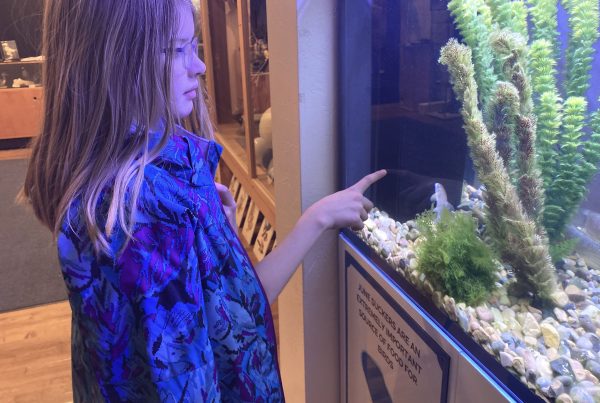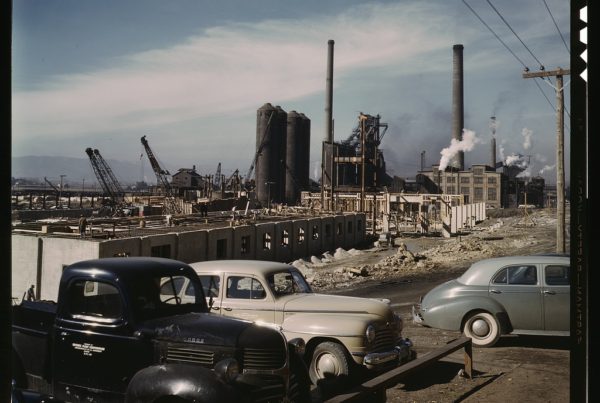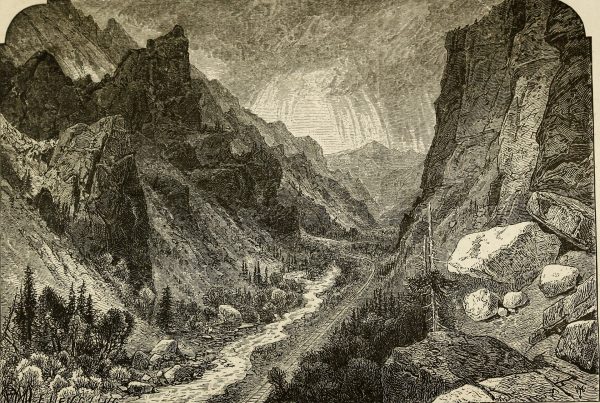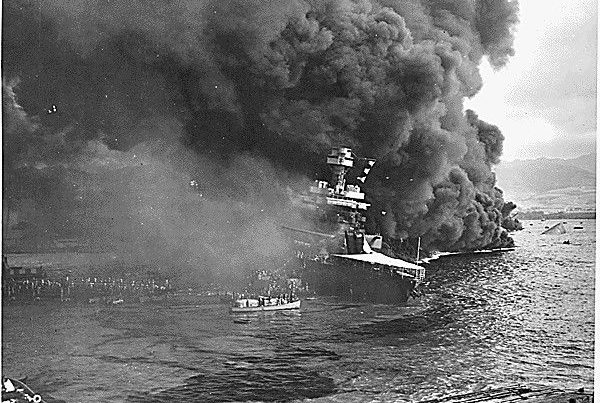
05/08/2023
Skinwalker Ranch
Skinwalker Ranch Announces Strategically Partnership with Hutchings Museum Institute "Skinwalker Ranch has strategically partnered with the Hutchings Museum Institute to study the rich history of the property and surrounding sites…




